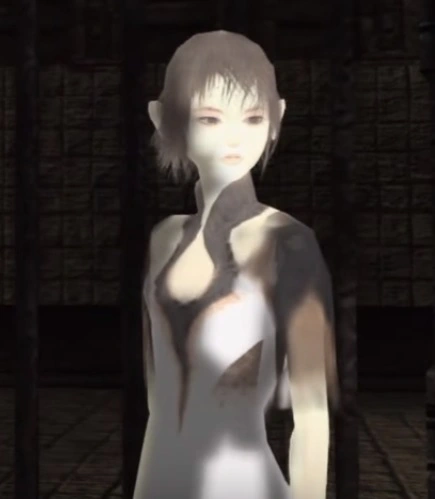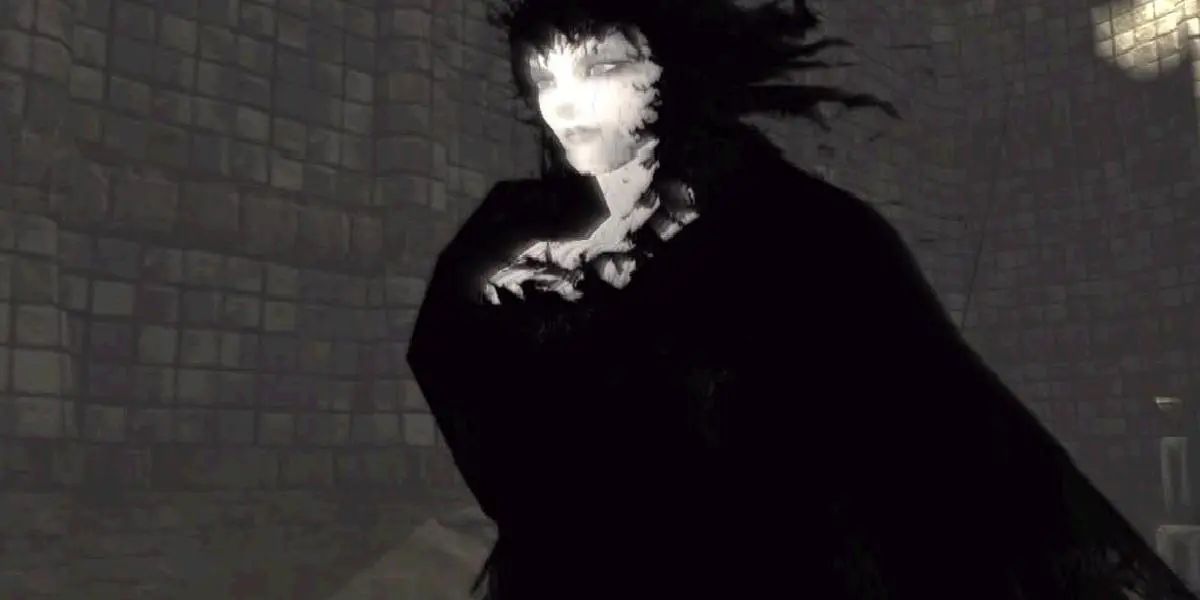Les jeux electroniques
- 3 minutes read - 614 wordsHomeboy Mike left a copy of “Ico” with me upon his return to Texas.
I won the game last night and really enjoyed it. It was really conceived in a Japanese style.
What do I mean?
Well, when I was in college I went with a nice girl named Ashley to the Texas Union’s late night movie showings. They would show foreign and independent film as well as eye candy for the acid-dropping / mushroom dosing freshmen (“The Wall”, “The Hobbit”, “2001” - some things never change).
One of the films I saw with Ashley was “Maborosi” by Hirokazu Koreeda.
It was a good movie with a fairly complex plot. What we both noted was that, visually, the movie was some amazing scenery and beautifully photographed scenes – with a plot as an afterthought that got the character from one beautiful set to another.
The ultimate indulgence of this meditative character of the film was a scene (was it evening, was it dawn?) where they show a funeral procession against a dark blue sky along a rocky shore. For 5 minutes (on the big screen) the procession goes from far right, to far left. The audience is given time to think, watch, listen to the waves. Not a word is spoken nor is a single note played.
Meditative, I said.
Thus this film seemed to capture the heart of what I consider Japanese film-making: meditative, languid, scenery-driven.
ASIDE: I saw a documentary once where a Japanese director was considering Japanese movies and he said that since the Japanese are so culturally homogeneous, it is possible to have meditative explanations because everyone shares a common set of conceptions about the world about them.
In the American model, he opined, movies must be BIG so as to blast apart the differences within the cultural aggregate and communicate to the diverse audience with a similar level of effectiveness.
Thus American movies must shout to overcome the differences, where Japanese movies can revel in nuance.
In any case, using Maborosi as archetype….
Scenery held together by plot
This translated to Ico as well. The screens and scenes were stunningly rendered, the water effects, the sounds, the grass, the wind. It’s all a series of lovely (or menacing) vistas held together by the loose fabric of a ‘game’. Not to say that the story is terribly bad (Noble lad leads hunted princess to safety, see: Zelda, see: Mario Brothers) - but it’s unsubstantial and is clearly not the focus.
Again, just like Maborosi.
Also the game is not adrenaline driven, your character has no ‘health points’ and the monsters you battle don’t require strategy. The goal is to walk your charge (The Princess Yorda) to safety, through beautiful, lush scenery.
Here’s the princess:

Blind, and speaking only nonsense
One of the most excellent features of the game artists was their use of darkness and shadow.
See, Yorda is pursued by wraiths that come from smoking black portals that randomly appear in the ground. Their Queen (your nemesis) is similarly composed of this shifting black smoke. It has a great mysterious effect. The queen maintains a ghostly face, but has this shifting black cloak body.
Here’s a screencap of the evil queen:

Malicious and mysterious
The evil wraiths also have a similar shadow-wrapped aspect.
Influence of The Ring
I noted a lot of similarity with The Ring in several bits of the aesthetic. The white dress word by Yorda was reminiscent of the outfit worn by the evil girl. There are other aesthetic similarities, but I’m not sure that I can give an accurate characterization – my recollection of The Ring is a bit fuzzy.
This game gets my recommendation.